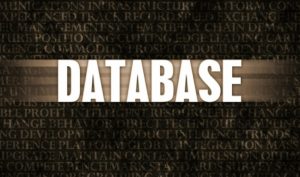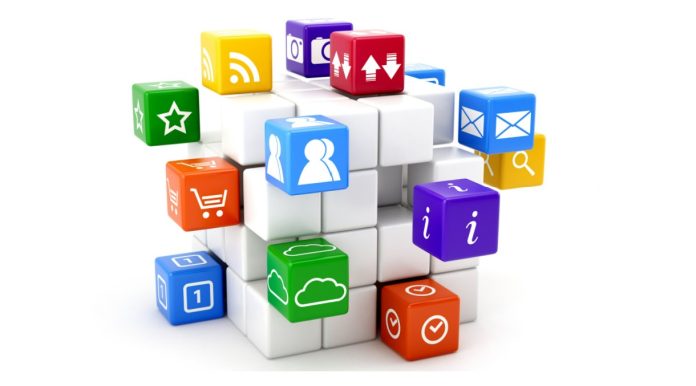Table of Contents
Employee management involves a variety of workplace functions, from recruiting employees to ensuring they perform at their best. Planning the workflow efficiently helps businesses attain maximum results through effective communication, monitoring results, and coordinating teamwork.
In this regard, it is crucial to master employee management to achieve operational efficiency and help employees perform smoothly within the company. As a result, being organised in managing employees is an essential way to prepare the business for growth and attracting new customers. Within this article, you will find seven digital tools which have been made employee management easier and delivered optimum results in 2022.
Innovative Digital Tools To Make Employee Management Easier In 2022
1. Payroll Software
Payroll is an important business operation for every organisation, which involves paying your staff accurately and on time. To avoid poor performance and legal and reputational difficulties, HR professionals are responsible for many tasks, such as calculating tax and deductions, data entry, and bookkeeping. However, there is a range of computerised payroll systems, which can ensure efficiency, accuracy, and confidence. Payroll software solutions can help your business provide error-free calculations, save time on manual data entry, improve data security, and generate interactive payslips. Therefore, employees will have a better understanding of their pay packet, which will encourage them to develop good financial habits.
2. Learning Technology
Employee training and development programmes offer your team the perfect opportunity to expand knowledge and gain new skills. Integrating the IMC learning suite into your business model will provide you with an innovative learning solution, which delivers both a Learning Management System (LMS) and a Learning Experience Platform (LXP).

Find out more here about the eLearning resources you can offer to your employees and build a competitive workforce. These learning approaches combined together can foster collaborative learning and curated content according to employee performance. In addition, implementing an integrated system will be much easier for your staff to use, by ensuring better value for your organisation.
3. Team Productivity Tools
If you want to create a successful and profitable business, you will need to focus on enhancing employee productivity. Thankfully, in today’s digital world there are many tools at our fingertips that can help your team stay focused. For example, you can utilise cloud technology to collaborate on documents. In the past, you would need to email the same document to all relevant people and receive different versions with amendments. However, it is now possible to store key documents on a shared cloud location and work on the same version simultaneously. This solution also comes with version control, which will allow you to roll back any changes.
4. Communication Platforms
It is important to share information cohesively in the workplace and ensure transparent communication across different teams. Regularly sharing information helps organisations make better decisions and stay ahead of competitors. Moreover, teams that are aligned are more likely to work together more efficiently. You can implement digital signage tools to make key information accessible, provide updates in real-time, motivate and reward employees, and make progress highly visible to all teams. These digital signage tools can help you achieve this by taking information from multiple sources and displaying it across TV screens in your office.
5. Employee Engagement Solutions
Employee engagement relates to individuals who are committed to the work and values of their company. Because of this, the right employee engagement software will allow you to build a strong and positive company culture. As a result, you will be able to retain your top talent and improve customer satisfaction.

The best employee engagement platform should combine a variety of features, such as rewards and recognition tools, surveys, discounts including instant vouchers and cashback offers. This way, you can improve the employee experience by offering real-time feedback and incentivising good performance.
6. Time Management Tools
Helping your employees manage their time better can boost their productivity and ensure they make the right decisions. You can also reduce the time spent on tedious tasks, such as invoicing and reporting. There are many time management tools, which are designed to support employees in organising their week better, minimising distractions, and prioritising tasks more effectively. Some useful suggestions include note-taking software, time and attendance system tracker, and calendars, as well as specialised time tracking software. To select the best tool for your business, it is important to consider different software features available, the level of convenience, ease of use, and value for money.
7. Employee Database Software
Developing a secure employee database will enable you to track employee records and manage sensitive data in one place. Typically, it stores a range of employee details, such as name, age, address, job position, length of service, and salary.

This is why it is crucial to ensure the safety and security of this information by implementing reliable employee database software. It is advisable to find a system that features self-service options, where employees can add and edit information as well. You will be able to gain better visibility into employee profiles and key factors including working hours, training records, pay and benefits, and absence records.


